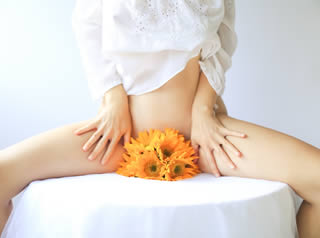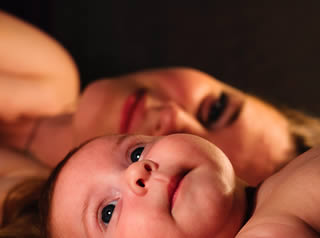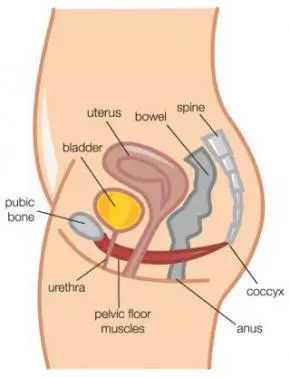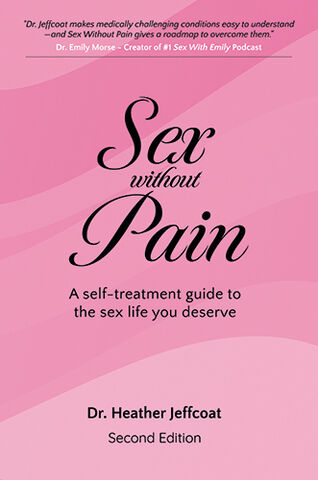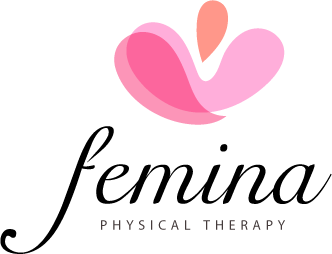At Femina Physical Therapy, we specialize in treating these conditions that are all too often misunderstood by the medical community. What sets us apart from other physical therapy offices is we provide one-on-one care by licensed physical therapists for 60-90 minutes. In certain circumstances we over 2 hour appointments. No unlicensed personnel are used at any time, making the quality of care we provide at the highest level.
In depth evaluations, manual therapy, exercise prescription, and many of the other services we offer will have their greatest impact on your recovery when done by skilled, licensed providers that also participate in ongoing continuing education. This practice model also allows us to quickly identify when changes in your treatment plan are needed, maximizing each treatment session. Make an appointment at either our Glendale/Montrose or Sherman Oaks office today to get on the path to healing tomorrow.
ORTHOPAEDIC AND SPORTS MEDICINE
Our physical therapists all started out as Orthopedic and/or Sports physical therapists and continue to see the common ailments here. With our one-on-one set-up, we are equipped to treat even the most stubborn of pain, dysfunction or loss of use. Give us a call today so you can be back to your favorite activities painfree tomorrow!
PELVIC PAIN SYNDROMES
Including Female Sexual Dysfunctions
- Pelvic Floor Dysfunction: This is a blanket term for a variety of problems that can occur with your pelvic floor. These problems range from sexual dysfunction, bowel and/or bladder problems, including incontinence or prolapse, endometriosis, and more. For more information check out voicesforpfd.org.
- Vaginismus: Involuntary muscle spasms involving the superficial and deep pelvic floor muscles that typically cause painful entry, limiting or preventing intercourse, tampon insertion or pelvic exams. Women with vaginismus do not always experience "pain" and often report the feeling of their partner or a tampon "hitting a wall". Pain is also a common presentation when partial or complete penetration occurs. It may also present as minor discomfort with tampons, pelvic exams or intercoruse.
(https://www.nhs.uk)
(https://issvd.org) - Vulvodynia means “vulvar pain” or pain of the external female genital region. Symptoms include burning, stinging, and irritation of the tissues in this region. Light touch or pressure can cause severe pain with sitting, walking, riding a bicycle, and sexual intercourse.
(https://www.vulvodynia.com) - Vestibulitis/Vestibulodynia is a form of vulvodynia with tenderness specific to the vulvar vestibule. This occurs with pressure to the site causing pain at the vaginal opening with touch or attempted penetration. Tissues can be red or swollen at times.
- Painful Bladder Syndrome: This pain or discomfort is perceived to be related to the bladder upon filling or often immediately after emptying. Symptoms include urinary urgency with pressure, burning and aching pain along with increased frequency, > 8 times per day and > 3 months duration.
- Interstitial Cystitis is a chronic inflammation within the wall or lining of the bladder involving gaps or spikes in the bladder mucosa. This can cause bladder or pelvic pain above the pubic bone. Pain can also occur in the low back, vaginal, and inner thigh regions. Symptoms typically include frequent urges to urinate, usually in the absence of infection or pathology.
(https://www.ichelp.org) - Pudendal Neuralgia has been described as throbbing or severe stabbing pain along the pathway of the pudendal nerve that runs through the gluteal, pudendal canal and perineal region. This pain typically increases during sitting and is reduced or relieved by sitting on a toilet seat.
- Coccydynia or painful coccyx can occur because of increased pelvic floor muscle tension or coccyx instability. Acute pain can be evident during sit to stand, intercourse, defecation and during menstruation and during and after sitting.
(https://www.coccyx.org) - Levator Ani Syndrome involves chronic or recurrent rectal pain and aching usually > 3 months in duration. Pain also occurs in the sacrum, coccyx, buttocks, and and thighs. Symptoms also increase with sitting.
- Vestibular or Perineal Itching if found to be absent of infection, should be looked at for musculoskeletal contributions. Tight muscles can pull on fascia (a type of connnective tissue), which in turn can pull on the skin and create constant or frequent itching, often mimicking the symptoms of a yeast infection.
INCONTINENCE
Incontinence is the inability to control bodily functions resulting in the loss of urine or feces.
- Stress Urinary Incontinence is an involuntary loss of urine with physical exertion (while coughing, sneezing, lifting, positional changes etc.) This occurs due to a weak urethral sphincter mechanism during a rise in intra-abdominal pressure.
- Urge Urinary Incontinence is an involuntary loss of urine accompanied or preceded by a strong urge to urinate. The bladder is unstable or overactive.
Mixed Urinary Incontinence is the combination of both stress and urge symptoms. - Overflow Incontinence is a loss of urine associated with an over distension of the bladder. Some symptoms include reduced urine stream, difficulty initiating a stream, and tenderness above the pubic region.
- Fecal Incontinence or Accidental Bowel Leakage is an involuntary loss of solid or liquid stool or gas from the anus. Causes of fecal incontinence can be related to sphincter weakness, neurological and/or musculoskeletal dysfunction or damage, radiation, and cognitive impairment.
- Light Bladder Leakage is a mild form of incontinence, that results in little loss of urine. This can still be conservatively managed with pelvic floor physical therapy in most instances.
Physical therapy treatments are important to restore the normal bladder and bowel functions through strengthening, use of behavioral modification strategies, correction of faulty patterns and habits and use of biofeedback and electrical stimulation as appropriate to enhance pelvic floor rehabilitation.
UROGENITAL PROLAPSE
“Urogenital prolapse occurs when there is weakness in the supporting structures of the pelvic floor allowing the pelvic viscera to descend and ultimately fall through the anatomical defect.” - Bo, Kari, Berghmans, Bary, Morkved, Siv, Van Kampen, Marijke, Evidence-Based Physical Therapy for the Pelvic Floor, Elsevier Ltd., 2007.
- Urethrocele: prolapse of the lower anterior wall involving the urethra.
- Cystocele: prolapse of the upper anterior vaginal wall involving the bladder.
- Uterovaginal prolapse: prolapse of the uterus, cervix and upper vagina.
- Enterocele: prolapse of the upper posterior wall of the vagina usually containing the small bowel.
- Rectocele: prolapse of the lower posterior wall of the vagina involving the anterior wall of the rectum.
PHYSICAL THERAPY TREATMENTS FOR FEMALE SEXUAL DYSFUNCTIONS
Pelvic floor muscles are very important in the physiology of both male and female sexual response. Physical therapists play an important role in the multidisciplinary team when dealing with sexual dysfunctions. Arousal and orgasmic disorders and sexual pain are areas that pelvic floor physical therapy specialists can assist patients in restoring sexual health and pleasure.
PHYSICAL THERAPY TREATMENTS FOR PELVIC PAIN SYNDROMES
Many of the pelvic pain syndromes as described are related to over activity of the pelvic floor muscles. These muscles typically have a high resting tone and have difficulty in relaxation. Increased muscle tone can also lead to overall muscular weakness. Trigger points are commonly found when palpating these muscles. They contribute to the urologic and gynecological pain syndromes listed above, preventing pain free sexual intercourse and other pain free activities of daily living. Physical therapy treatments play an integral part in restoring optimal muscle function with manual therapy interventions, stretching/strengthening exercises, pain management strategies, patient education, and home program instruction. Biofeedback is often utilized when appropriate to restore the normal functioning of painful muscles.
PHYSICAL THERAPY TREATMENTS FOR INCONTINENCE AND PROLAPSE
Physical therapy treatments for the treatment of prolapse would include therapeutic exercises for the pelvic floor, lower extremities and trunk muscles, neuromuscular reeducation to improve the functional use of the pelvic floor during activities of daily living for symptom management, extensive education regarding bowel and bladder health, and instruction in a home exercise program.
